The BEST episodes of Megastructures
Every episode of Megastructures ever, ranked from best to worst by thousands of votes from fans of the show. The best episodes of Megastructures!
Take an eye-popping look at the greatest structures and machines ever created as we focus on some of the world's modern-day super-human miracles of construction.
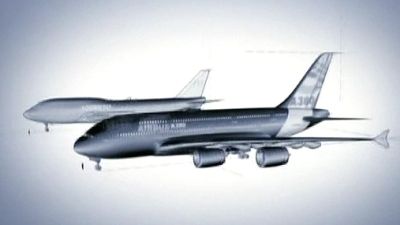
#2 - World's Biggest Airliner (Airbus A380)
Season 2005 - Episode 16 - Aired 10/4/2005
It is the largest passenger plane ever built and it is a 12 billion dollar investment. The episode documents the history of the Airbus A380, from its design concept, its interior features, the precision manufacturing, the logistics, the final assembly and its final maiden flight.
Watch Now:Amazon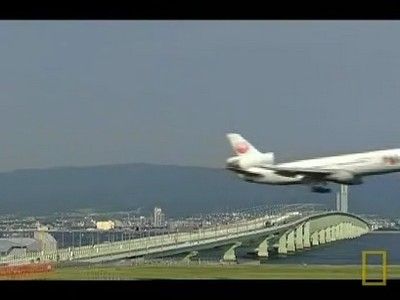
#3 - Kansai International Airport
Season 2004 - Episode 6 - Aired 10/13/2004
Located 5 km off the coast of Osaka, Japan, is the Kansai International Airport. The airport is built entirely on a man-made island, 4 km long and 1 km wide. The only link between the island and Osaka is by the world’s longest 2-tiered bridge. Although the airport is built to withstand earthquakes and typhoons, the artificial island itself is sinking faster than anticipated. The episode looks at the various measures that are taken to keep the airport ‘afloat’, and the various facilities and services available to keep the airport running.

#4 - Autobahn
Season 2004 - Episode 2 - Aired 9/19/2004
What began as a racing track, and thanks to Adolf Hitler’s World War II propaganda efforts, the track grew into a sophisticated high-speed road system, linking to almost all the major cities in Germany. The Autobahn boasts of having super thick road beds, 4% or less grades, wide lanes, and build on layers of technology. The Autobahn allows vehicles to travel at speeds exceeding 160km/h for roughly 2/3 of its roads. The episode profiles the operations of the highway cops, and their reliance on technology in training, monitoring of roads and various methods of arrest. It also looks at the ADAC, an automobile club, which provides on the spot road assistance. Nicknamed ‘The Yellow Angels’, they also provide air medical rescue. The system of maintenance of the Autobahn is also examined. All this infrastructure makes this mega structure into one of the world’s most safest super highway.
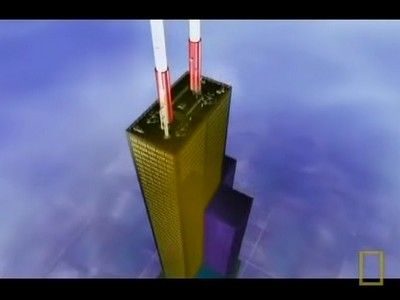
#5 - Sears Tower
Season 2004 - Episode 5 - Aired 9/29/2004
For 20 years, the Sears Tower held the record for the world’s tallest building. Completed in 1973, the 110 stories high building is almost half a kilometer tall. And it still holds the record for having the world’s highest antenna. John Zils, structural engineer and designer of this mega-structure shares some of the secrets about the tower. And get a behind-the-scenes look at some of the various systems and controls that are vital to the building, like security monitoring, the elevators, and the water and power distribution to the various levels, and even the machines that cleans the windows.
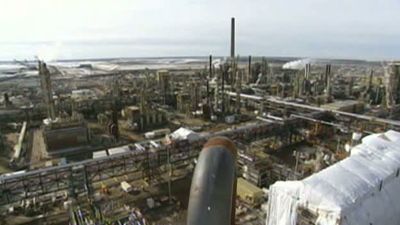
#6 - Ultimate Oil Sands Mine
Season 2005 - Episode 7 - Aired 7/20/2005
Located in Alberta, Canada is the world’s largest known single deposit of oil worth trillions of dollars. However, the oil is trapped in a complex mixture of sand, water and clay, and the cost of extracting the fuel from the soil will cost billions. The episode profiles the competition between the Syncrude and the Shell Oil companies to extract the black gold. It looks at the various mega machines and systems that are used to extract, transport and the process used to separate the oil from the sand.
Watch Now:Amazon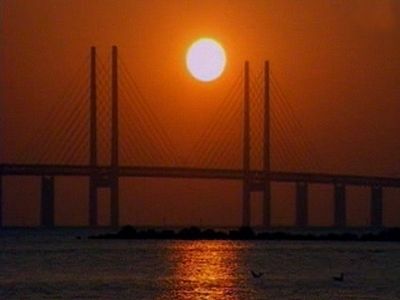
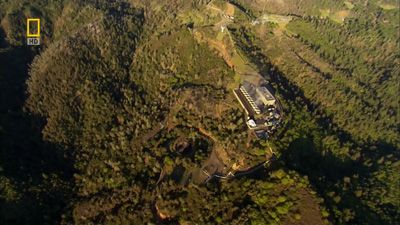
#8 - Deep Earth Drillers
Season 2006 - Episode 1 - Aired 1/27/2006
Behind the scenes of geothermal power complexes in California and Iceland, and a look at how scientists hope to expand its use by digging deeper into the Earth's crust.
Watch Now:Amazon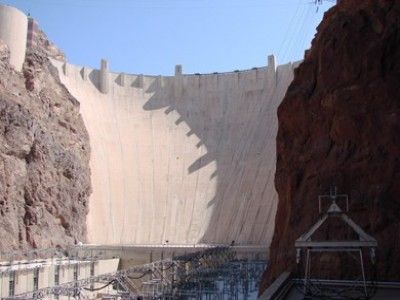
#9 - Mega Sub
Season 2008 - Episode 24 - Aired 12/31/2008
New technologies improve submarines.
Watch Now:Amazon#10 - Machines of War: Tanks
Season 2006 - Episode 12 - Aired 8/17/2006
No summary currently.

#11 - Itaipu Dam
Season 2004 - Episode 7 - Aired 10/27/2004
In the Paraná River of South America, lies the Itaipú Dam. Costing 20 billion dollars, the Itaipú Dam is the world's largest and most powerful hydroelectric power plant. It is a representation of the efforts and accomplishment of two countries, Brazil and Paraguay. The episode examines the efforts undertaken and the sacrifices made to construct the dam, including how the largest diversion channel was constructed to divert water from the world’s 7th largest river away from the main construction site.
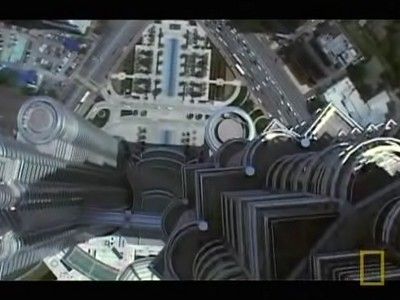
#12 - Petronas Towers
Season 2004 - Episode 8 - Aired 11/10/2004
Designed by Cesar Pelli, the Petronas Towers were the tallest buildings in the world on the date of its completion. Located in Kuala Lumpur, the design of the 88 storey, 450m tall twin towers, carries an Islamic geometrical influence. The towers are a symbol of Malaysia’s pride. To instill competition, the contract for the construction of the towers were awarded to two different construction companies, each company was assigned to work on one of the towers. This episode takes a look at how the construction companies competed to complete their tower before the other. Problems faced, from the soil samples, the unique cement mixture used as a steel substitute, to the tropical weather, are covered.

#13 - Channel Tunnel
Season 2004 - Episode 4 - Aired 9/22/2004
The Channel Tunnel or Euro Tunnel is one of the world’s longest underground rail tunnels, and links England with France. Consisting of two rail tunnels and a small service tunnel in-between, they total 153 km in length. The documentary looks at the race between the British and the French to complete the tunneling of the Channel Tunnel and the obstacles faced in its construction.
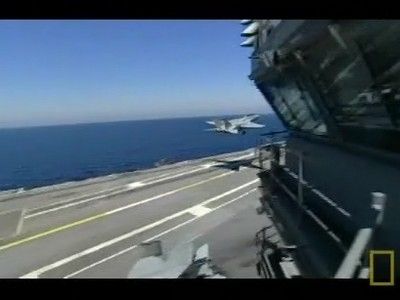
#14 - Super Carrier: USS Ronald Reagan
Season 2004 - Episode 1 - Aired 9/15/2004
The USS Ronald Reagan is a 4.5 billion dollars Nimitz-class supercarrier. Powered by 2 nuclear reactors, the 1100ft. long vessel is equipped with all the necessary facilities to house 6000 personnel and over 80 aircraft. Viewers are given an exclusive look at how the crew of these ‘floating naval base’ is put through a series of test in order to obtain their flight deck certification. Take a glimpse at the various facilities on the ship that keep the 6000 strong crew fed, rested, and entertained.
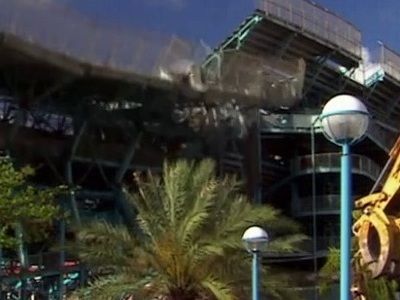
#15 - Miami Super Stadium
Season 2009 - Episode 2 - Aired 1/13/2009
The Orange Bowl, home to the Miami Dolphins for 21 seasons and host of five Super Bowls is about to be demolished. It’s a monster breakdown job, with a monster deadline: in just four months, a demolition team needs to clear over a quarter million feet of stadium to prepare for a new stadium. Not only is there a tight timetable, everything must be salvaged or recycled. But before the team can break down the stadium, they have to save parts of it. After a memorabilia company combs the bowl for collectibles and auctions off what they salvage, it’s finally time for the demolitionists to get their hands on the bowl. 50,000 left over orange seats, nearly 100,000 square feet of turf, and eight ten-ton stadium light towers are recycled or resold, freeing the team to take down the stadium itself. Using a combination of wrecking balls and mega machines, they cut, pull and pummel this historic structure until it’s nothing more than rubble. The iconic Orange Bowl, is about to be history.
Watch Now:Amazon#16 - Shanghai Tower
Season 2015 - Episode 2 - Aired 3/3/2015
The Shanghai Tower (Chinese: 上海中心大厦; pinyin: Shànghǎi Zhōngxīn Dàshà; Shanghainese: Zånhe Tsonshin Dasa; literally: "Shanghai Centre Tower") is a 632-metre (2,073 ft), 128-story megatall skyscraper in Lujiazui, Pudong, Shanghai.[9]. It also has the world's highest observation deck within a building or structure (Level 121, 561.25 m),[10] and the world's fastest elevators at a top speed of nearly 46 miles per hour (74km/h).[11][12] It is the world's second-tallest building by height to architectural top (behind Dubai's Burj Khalifa, 828 m). Designed by international design firm Gensler and owned by the Shanghai city government,[2] it is the tallest of the world's first triple-adjacent super-tall buildings in Pudong, the other two being the Jin Mao Tower and the Shanghai World Financial Centre. Its tiered construction, designed for high energy efficiency, provides nine separate zones divided between office, retail and leisure use.[
Watch Now:Amazon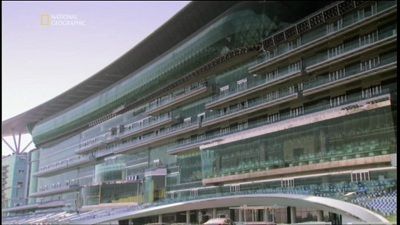
#17 - Dubai's 5-Star Racecourse
Season 2012 - Episode 2 - Aired 5/10/2012
Built in the middle of the desert, the new Meydan racecourse will define raceday luxury. But will it be finished in time for the Dubai World Cup?
Watch Now:Amazon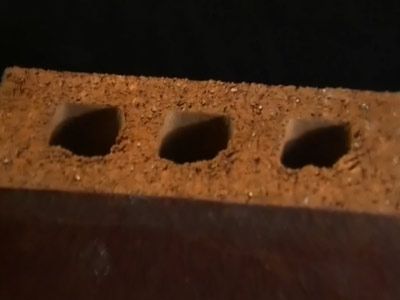
#18 - The Science of Brick
Season 2006 - Episode 19 - Aired 11/2/2006
Brick: They are an essential building block of civilization. They are one of the worlds first building materials and today they continue to create structures that amaze us. From paving our driveways to lining our fireplaces and chimneys, brick is part of our daily lives. But when thousands or millions of these simple blocks are stacked together, people have changed the course of history. How Its Built: Brick will bring viewers through the process that takes a lump of clay, forms it into a simple block, and then uses fire to transform it into a rock hard building material.
Watch Now:Amazon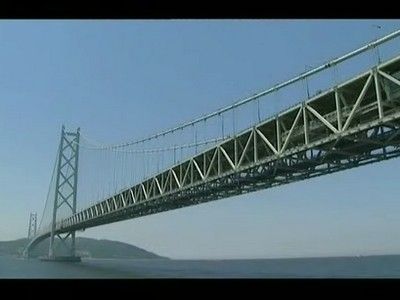
#19 - Akashi Kaikyo Bridge
Season 2004 - Episode 3 - Aired 9/20/2004
In 1955, two ferries sank along the Akashi Strait, Japan, killing 168 children. It led to a 30 year research on designing a bridge that would link the Awaji Island to Kobe; the bridge would also have to be able to withstand severe earthquakes and typhoons, a norm in that area. In 1988, Japan began construction of the world’s longest, highest and most expensive suspension bridge, the Akashi Kaikyo Bridge. The episode presents a stage by stage look at the construction of the suspension bridge, and the obstacles faced in its construction, including the Kobe earthquake in 1995.
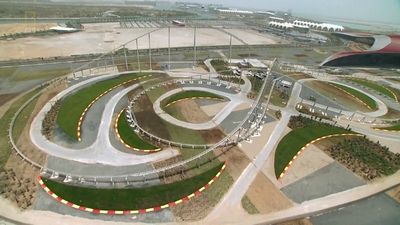
#20 - World's Fastest Rollercoaster
Season 2011 - Episode 10 - Aired 4/27/2011
Formula Rossa - The ultimate speed roller coaster is part of the world's largest indoor theme park - Ferrari World on Yas Island, Abu Dhabi, in the United Arab Emirates. This awe-inspiring ride takes you from 0 to 240 km/h in under 5 seconds. You can feel mind-blowing acceleration like in a Formula One car. Follow construction manager Andreas Granig and his team as they struggle against aggressive conditions in the desert environment and build up a power system which is unseen in the world. 20,800 horsepower propels the F1 Ferrari inspired coaster train to a height of 52 m and lets it run through more than 2km of humps, curves and camelbacks. See the dramatic installations 50 meters above ground. In their quest for speed the engineers overcome heat and danger to take the title for the fastest roller coaster in the world.
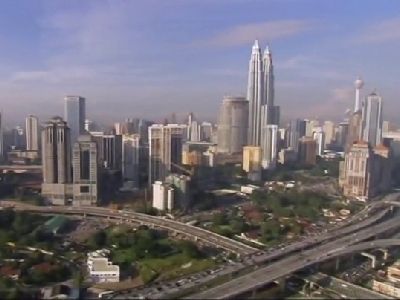
#21 - Smart Tunnel
Season 2007 - Episode 7 - Aired 7/14/2007
This spectacular, HD quality film presents Malaysia's latest pride, the Smart Tunnel, which is also unique in its kind, as car traffic and the rainwater from heavy tropical storms flow above each other within it...
#22 - Inside Grand Central
Season 2005 - Episode 25 - Aired 12/18/2005
Grand Central Terminal (GCT; also referred to as Grand Central Station or simply as Grand Central) is a commuter and intercity railroad terminal at 42nd Street and Park Avenue in Midtown Manhattan in New York City, United States. The terminal serves commuters traveling on the Metro-North Railroad to Westchester, Putnam, and Dutchess counties in New York, as well as to Fairfield and New Haven counties in Connecticut. The terminal also contains a connection to the New York City Subway at Grand Central–42nd Street. Grand Central Terminal has intricate designs both on its inside and outside, lending to its landmark designations, including as a U.S. National Historic Landmark. The terminal is one of the world's most visited tourist attractions, with 21.9 million visitors in 2013.
#23 - Mega Plane
Season 2008 - Episode 16 - Aired 11/2/2008
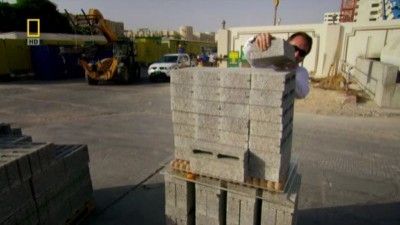
#24 - The Leaning Tower of Abu Dhabi
Season 2010 - Episode 4 - Aired 5/4/2010
Capital Gate is a skyscraper in Abu Dhabi adjacent to the Abu Dhabi National Exhibition Centre designed with a striking lean. At 160 m (520 ft) and 35 stories, it is one of the tallest buildings in the city and features an 18° incline to the west.The owner and developer of Capital Gate is Abu Dhabi National Exhibitions Company. The tower (also known as the Leaning Tower of Abu Dhabi) is the focal point of the Capital Center/Abu Dhabi National Exhibition Centre master development.
#25 - Apache Helicopter
Season 2006 - Episode 6 - Aired 5/13/2006
The Apache helicopter, a four-blade, twin-engine attack helicopter, is assembled at the Boeing IDS plant in Mesa, Arizona.